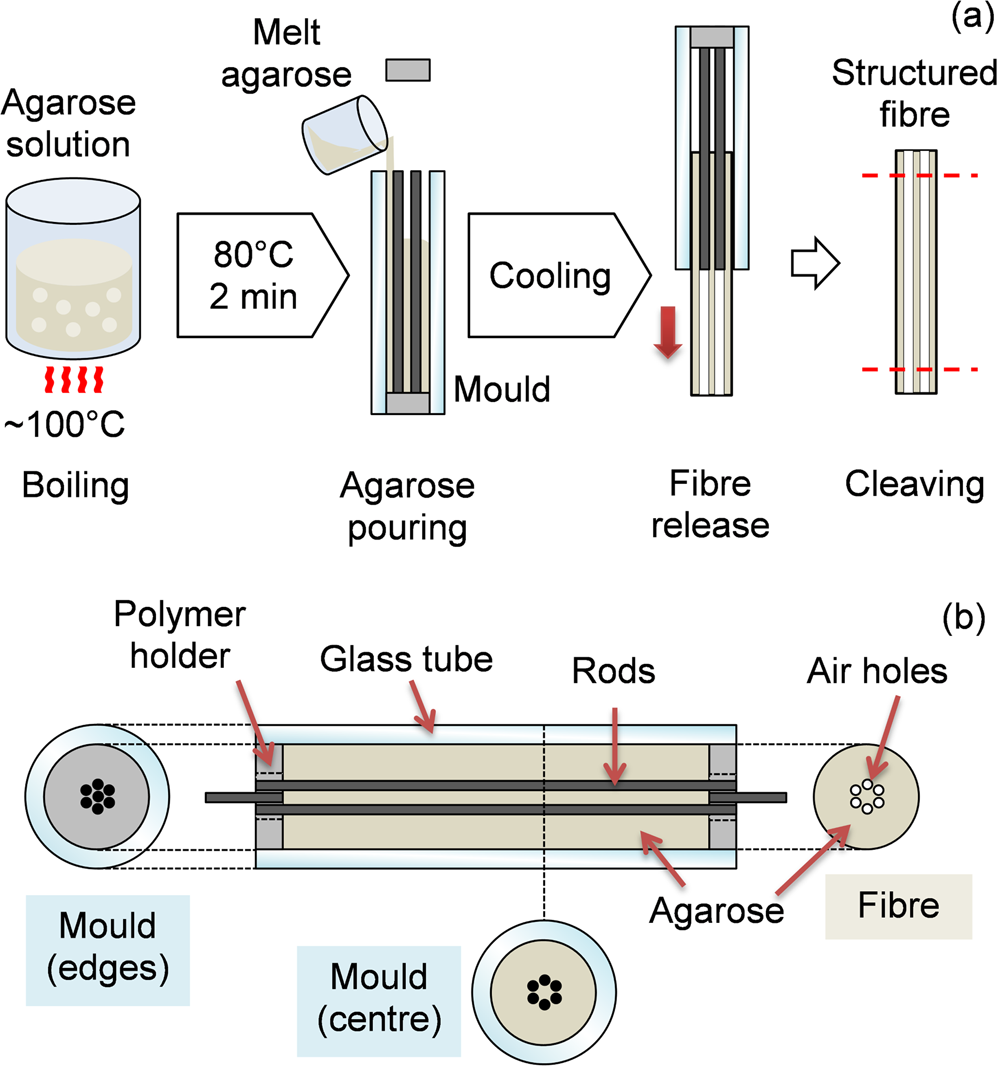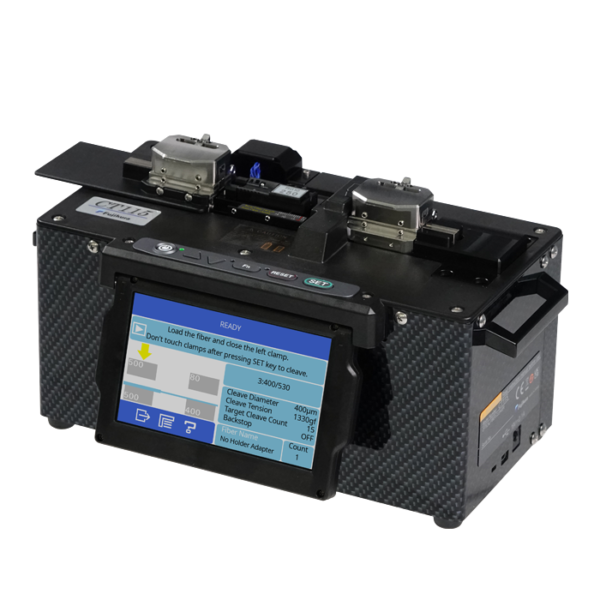Top-Rated Optical Fibre Diameter Analyser for Heavy-Duty Use
Top-Rated Optical Fibre Diameter Analyser for Heavy-Duty Use
Blog Article
Optimize Your Fibre Optic Efficiency: Comprehending Optical Fibre Diameter Analyser Technology
The efficiency of fibre optic systems is seriously affected by the precision of their size, an element often overlooked in the quest of optimal signal honesty. Recognizing the modern technology behind optical fiber size analysers reveals the intricate equilibrium between dimension precision and manufacturing top quality. These tools not only boost compliance with industry standards yet also offer real-time understandings that can preemptively resolve potential problems. The implications of their use expand beyond simple measurement; they can essentially change the landscape of fiber optic performance. What variables should one take into consideration to harness their full possibility?
Importance of Optical Fiber Diameter
The size of optical fibre plays an essential duty in determining the performance and effectiveness of communication systems. It affects a number of essential parameters, including the mode of light propagation, depletion, and data transfer capacity. Larger diameters normally enable multiple light modes, promoting higher data transmission prices. Conversely, smaller diameters have a tendency to support fewer settings, which can enhance signal quality and lower crosstalk.

Moreover, recognizing the diameter's implications can result in cost financial savings by minimizing the requirement for signal amplification and repeaters in comprehensive networks (optical fibre diameter analyser). Finally, the value of optical fibre size can not be overstated, as it directly affects the overall efficiency and reliability of modern-day interaction systems

How Diameter Impacts Signal Quality
Signal high quality in optical fiber systems pivots considerably on the diameter of the fibre. The size affects numerous crucial criteria, consisting of depletion, bandwidth, and modal diffusion. A smaller sized diameter can result in greater depletion prices, leading to signal loss as light travels via the fibre. This depletion can compromise the stability of the transmitted information, leading to a decrease in signal top quality, specifically over lengthy distances.
Alternatively, larger sizes usually enable for enhanced light capture and reduced modal dispersion, improving signal clearness. In multimode fibres, a larger core size can support multiple light settings, yet it might likewise present intermodal diffusion, which can break down signal high quality. Picking the ideal fiber diameter is critical for accomplishing the desired efficiency in details applications.
Furthermore, the communication between the fibre diameter and the wavelength of the light utilized plays a critical role in establishing the efficient transmission range and general signal honesty. Understanding how fibre size influences signal high quality is vital for network developers and designers striving to optimize optical fiber systems for trusted, high-speed data transmission.
Overview of Size Analyser Modern Technology
In several optical fibre production procedures, precise her response measurement of fibre size is necessary for ensuring consistent performance and high quality (optical fibre diameter analyser). Size analysers are advanced tools designed to analyze the physical dimensions of optical fibres with high precision. They employ sophisticated optical and laser modern technologies to measure the diameter, ovality, and concentricity of the fibre, hence providing crucial information for high quality control
These analysers can operate in-line throughout the manufacturing process or as part of off-line screening methods. In-line systems make it possible for real-time monitoring, permitting producers to change parameters immediately, consequently keeping optimal manufacturing problems. Off-line analysers, on the other hand, give extensive analyses of sets, guaranteeing that any type of deviations from defined tolerances are identified and resolved.
Diameter analysers substantially add to the reduction of issues in optical fibers, enhancing total item reliability. By continually gauging key parameters, these innovations promote conformity with market standards and specs. As the need for high-performance optical fibers remains to climb, the function of size analysers ends up being progressively vital in achieving the desired quality and performance requirements in fibre optic systems.
Secret Attributes of Fibre Size Analysers
Although various versions of fiber diameter analysers exist, they frequently share several vital features that improve their capability and integrity. One of the most significant attributes is high-resolution measurement abilities, which make sure accurate diameter readings, crucial for maintaining top quality control in fibre production. Additionally, lots of analysers include innovative optical sensing units developed to detect minute variants in fiber size, thus offering vital data for process optimization.
One more essential function is real-time tracking, permitting operators to receive instant responses on fiber size throughout the production procedure (optical fibre diameter analyser). This capacity facilitates quick modifications and reduces the likelihood of defects. Lots of analysers likewise come equipped with user-friendly user interfaces, enabling drivers to easily browse through settings and data results
In addition, durable data storage space and evaluation functionalities are vital for tracking historical performance patterns and guaranteeing conformity with market requirements. Some models even offer connectivity choices for integration right into existing manufacturing control systems, improving general operational efficiency. Portable and mobile layouts allow for flexible release within manufacturing atmospheres, ensuring that quality assurance processes are smooth and reliable. These functions jointly contribute to the effectiveness of fibre size analysers in optimizing fiber optic performance.
Ideal Practices for Fiber Optimization

First, normal calibration of optical fiber diameter analysers is vital. This internet ensures precise dimensions and reduces possible inconsistencies that might influence performance. Next, maintaining a tidy working environment is crucial; have a peek at this website dust and impurities can cause signify degradation.
In addition, it is essential to choose fibres that satisfy specific application requirements. This entails evaluating aspects such as attenuation, data transfer, and ecological conditions. Proper installment strategies should additionally be followed, including preventing sharp bends and extreme stress, which can compromise fibre stability.
Furthermore, using innovative tracking systems can facilitate real-time performance evaluations, allowing timely identification of concerns. Routine testing and maintenance need to be performed to ensure that fibers remain within ideal functional parameters.
Lastly, training personnel on the most recent fiber optimization technologies and techniques will certainly improve their capacity to execute reliable strategies. By adhering to these best techniques, organizations can dramatically enhance the performance and life expectancy of their optical fibre systems, making certain reliable communication and information transfer.
Verdict
In conclusion, the integration of optical fiber diameter analyser innovation is vital for maximizing fiber optic efficiency. By guaranteeing precise measurements of fibre measurements, these analysers considerably improve signal quality and lower losses throughout information transmission.
Signal quality in optical fiber systems hinges significantly on the diameter of the fibre.In many optical fibre manufacturing procedures, exact dimension of fiber diameter is vital for ensuring constant performance and top quality. As the need for high-performance optical fibres proceeds to climb, the role of size analysers becomes significantly crucial in achieving the desired high quality and performance requirements in fiber optic systems.
These functions collectively add to the effectiveness of fibre size analysers in enhancing fibre optic efficiency.
In conclusion, the integration of optical fibre size analyser technology is important for making the most of fibre optic efficiency.
Report this page